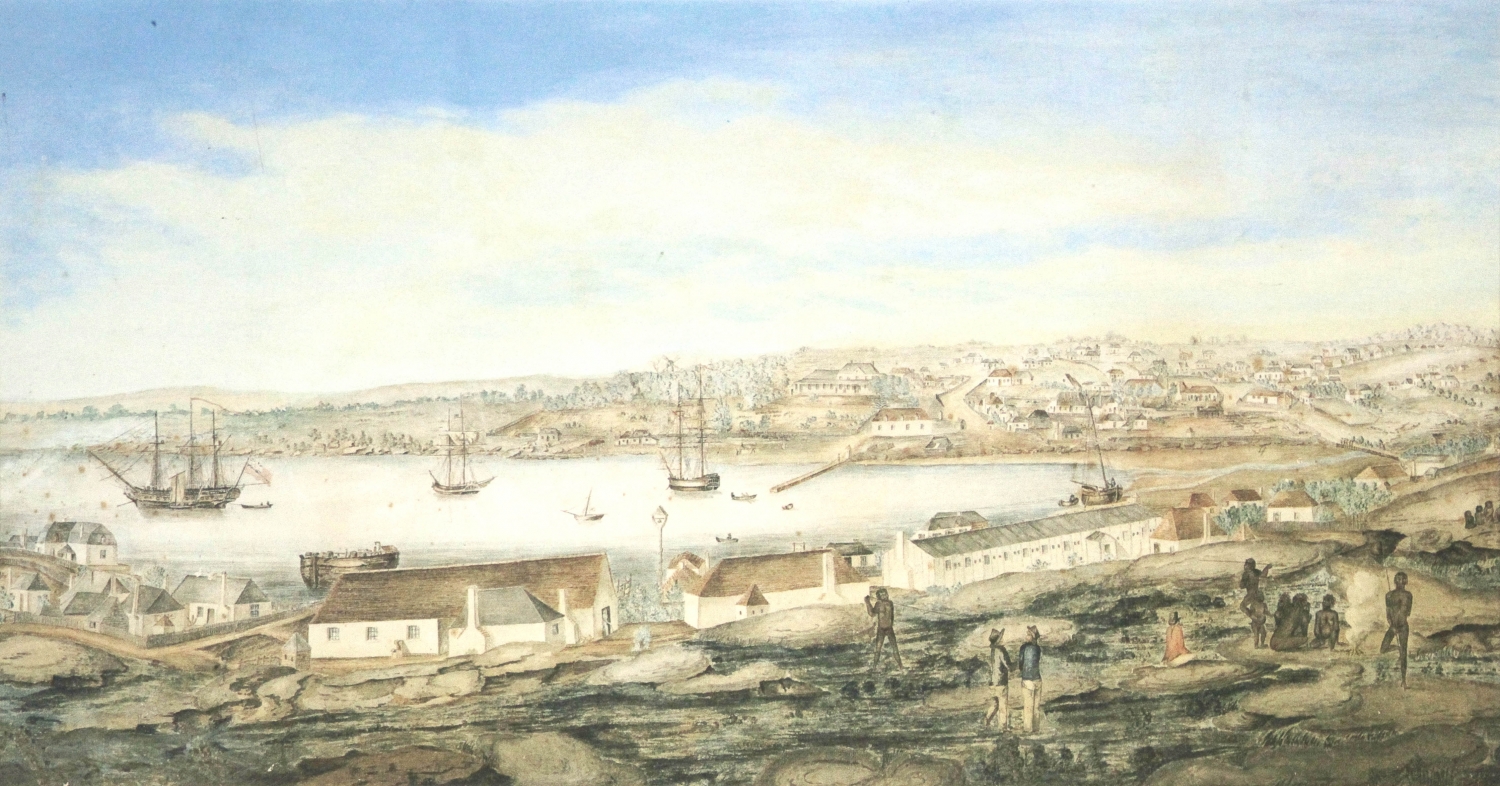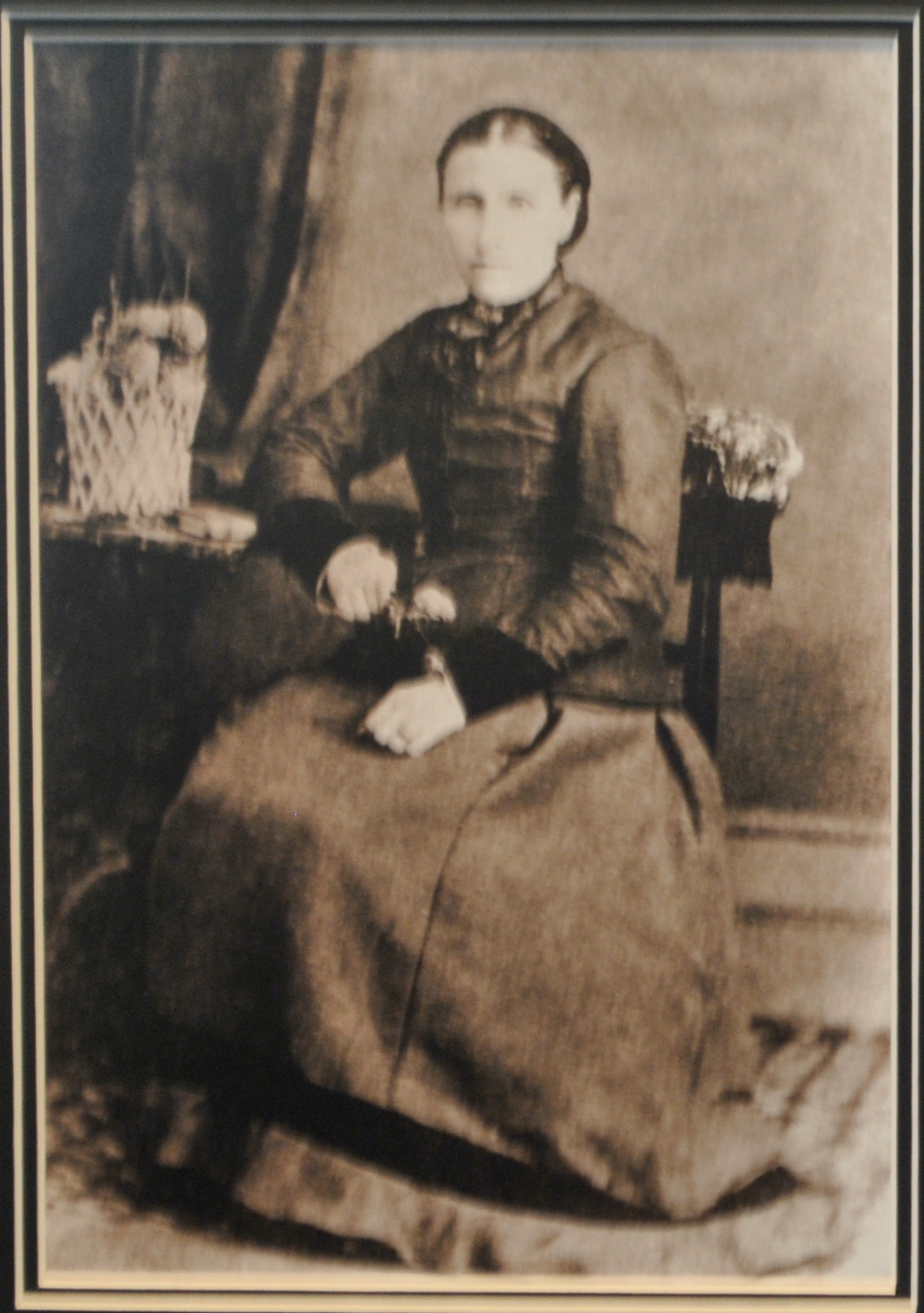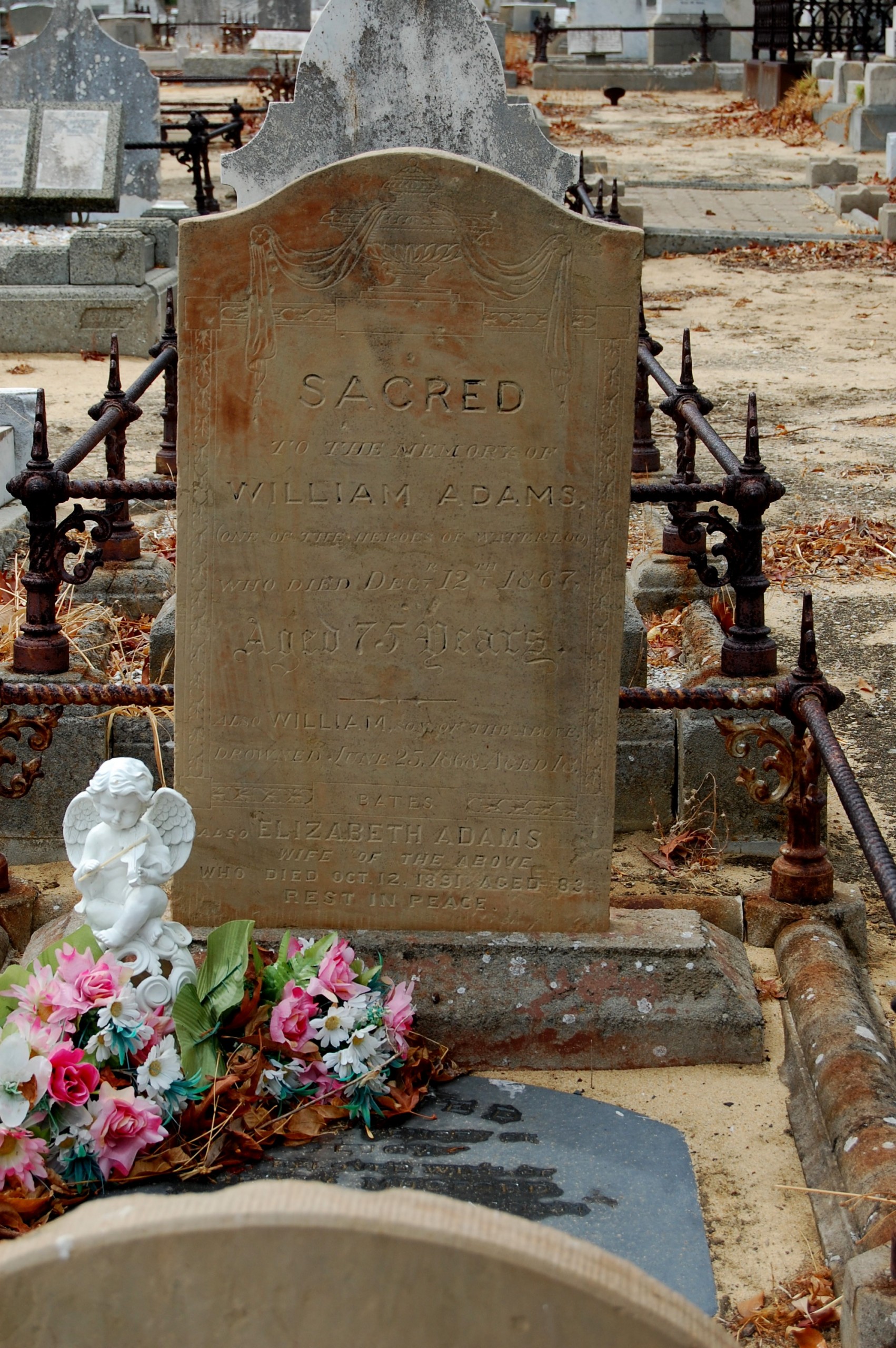Elizabeth Martin was born around 30 July 1808, in Salehurst, Sussex, England to John Martin & Hannah Watson, and came from a working class background.
Elizabeth’s first child, Caroline, was born illegitimate in February 1828. Elizabeth appeared before the Justice of the Peace to declare William Adams the father of her child and he was ordered to pay the churchwardens’ relief for the child’s care. They married in October 1828 when Caroline was 8 months old, and baby John followed 7 months later in 1829.
Bill and Elizabeth departed London in January 1830, onboard the Rockingham. The ship had been cast adrift and run aground before being re-floated, had her sails blown out in a fierce gale, and needed two weeks of repairs before eventually making the long journey. They arrived at the Swan River settlement in Western Australia on 13 May 1830 to poor weather. The single men of the Rockingham were disembarked into heavy seas, and their boats were swamped in the surf. The pitching seas put such strain on the cables securing the ship that the winch broke, and she was cast adrift and ran aground, laying on her side. Passenger boats were capsized in the wild surf. Passengers climbed down the side of the tipping ship to be carried ashore by the single men that had been sent out earlier, including William, a very pregnant Elizabeth, 2-year-old Caroline and 1-year old John. Miraculously there were no fatalities, but the Rockingham was shipwrecked.
Elizabeth gave birth to her third child Mary Ann shortly after their arrival.
Mary Ann was born at Garden Island prematurely as a result of her Mother, a midwife, going ashore to assist the captains wife who was in labour after the Rockingham was wrecked in May 1830. The Captain and crew went to Garden Island and the rest of the passengers were taken ashore to Clarence.
Family story of Mary Ann’s birth as told by Lorraine Eddy (nee Lawrence) to Neil Bradley
Clarence was a barren site with poor water and no shelter, and the settlement struggled. Brought out as indentured servants by the land speculator Thomas Peel, Bill & Elizabeth were released from their obligations when he could not feed them, leaving them to fend for themselves. While Bill crewed on trading vessels, Elizabeth Adams brought up their children and supported them by working as a domestic for 1 pound a week. They would also welcome Harriet (1832), Jane (1834), Sarah (1835), Hannah (1838), Ellen (1840), Elizabeth (1841), Lucy (1844), Henry (1846) and William (1849) – 9 daughters and 3 sons who all grew to adulthood.
Elizabeth set up as midwife after William’s death in 1867, making her mark as Fremantle’s first midwife.
Like her mother, she became a midwife and delivered babies walking from Fremantle to Claremont in all weather, as well as nursing many folk and members of her family.
Lorraine Eddy (nee Lawrence) to Neil Bradley
She was booked in advance: sometimes at the pregnancy, sometimes the marriage!
Margaret Sadler, great-great-granddaughter
She worked from the cottage where she lived from 1880 in Short Street, Fremantle. Elizabeth was affectionately called ‘Granny Adams’ and after attending hundreds of births she would come to be called ‘the Mother of Fremantle’.
About half way between Short and Leake-streets was the residence of “Granny” Adams, a grand old nurse who was present in a professional capacity when many now grey-headed Fremantle-ites were ushered into this vale of tears. ‘Granny’ was the widow of William Adams, who fought and was wounded at Waterloo, and who emigrated to this State in 1830.
Early days of Fremantle: Mr Hitchcock’s reminiscences continued, early residents and buildings. The Fremantle Times, 23 May 1919, p.7.
She would frequently walk to attend births when there was no suitable transport available, or cross the river by boat to North Fremantle and travel beyond Claremont and even to Perth when requested. It was claimed she ‘never lost a case’, even though she rarely had the assistance of a doctor.
I did not known Bill Adams very well… but I knew his wife, a grand woman, who may be called the “mother of Fremantle”. The years in which Mrs. Adams attended maternity cases, both in Fremantle and Perth, saw more new arrivals by hundreds than any previous period of the same duration. Many times Mrs. Adams walked to Perth from Fremantle when there was no conveyance available. The distance or the time of the day or night meant nothing to Mrs. Adams. If she was required for a maternity case she went to the case, and nothing would prevent her. It has been stated many times that she never lost a case, although she attended hundreds without the assistance of a doctor. The Adams family did its share of pioneering work, and the name will never be forgotten in Fremantle…
Edited from ‘Western Pioneers: The Battle Well Fought’ by J.E. Hammond
Elizabeth died in her sons’ fishing shack on Garden Island on February 17th 1914, aged 84. She was buried with her husband Bill and their youngest son William, in the Skinners Street Cemetery. Their remains and headstone were removed to Carrington Street Cemetery, Anglican Plot 146, around 1916.
THE funeral of Mrs. Adams, who died the other day at Fremantle… took place yesterday. The funeral procession was a very large one: and included nearly all the prominent townspeople of Fremantle. The pall-bearers were the Commissioner of Crown Iands (Hon. W. E. Marmion), Mr. W. S. Pearse, MLA, the Mayor of Fremantle Mr. E. Solomon, and the Hon. W. D. Moore, MLC. The remains were interred in the old burial ground at South Fremantle.
News and Notes. West Australian, 14 October 1891, p.4
Elizabeth’s story is an interesting one to reflect on how tough these colonial women n needed to be, and the hardships they faced and overcame.
I have listened to many accounts of this lady from various members of her family who said she was a terrible old lady with and exceptionally hard nature. She raised my grandmother, whose opinion was the worst I had heard. While researching their lives I have come to respect her a great deal. She arrived into this world in extreme poverty and hardship only to live a life of constant anxiety, married to a well educated deserter of the British Navy, herself totally illiterate, and to raise those children of her own, besides two grandchildren…
Lorraine Eddy (nee Lawrence) to Neil Bradley
Additional Sources
Family sources from g-g-g-grandson Neil Bradley






